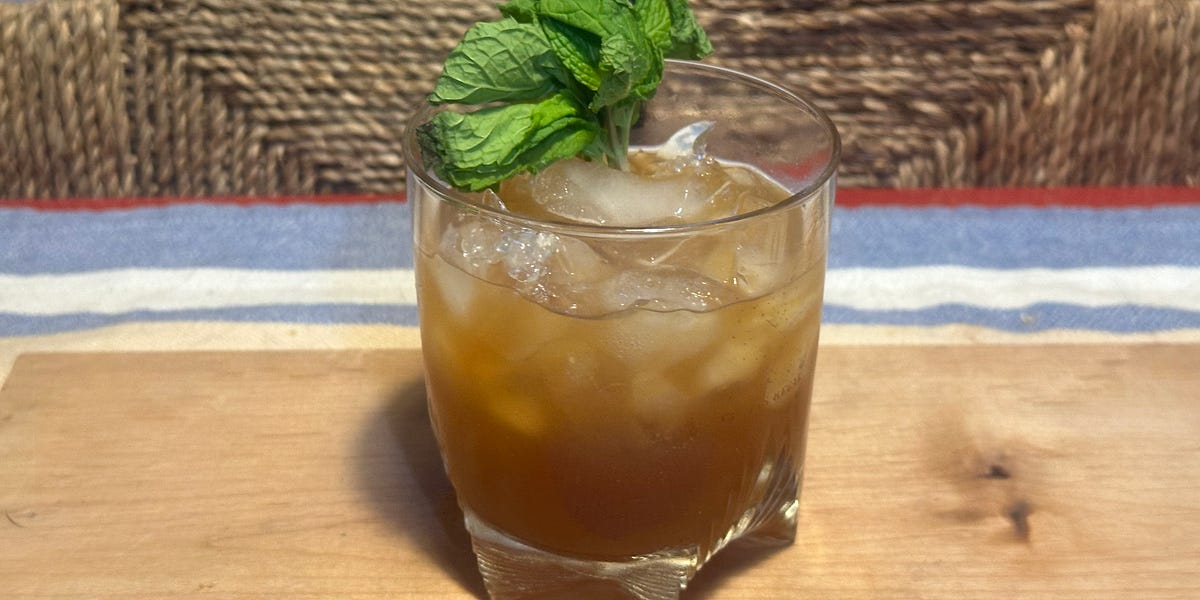Stick with me here, because I’m going to talk about ticks. Yes, ticks. Like the eight-legged parasites out to ruin your day hike.
Just the sight of a tick is enough to make some people feel queasy (look up at that image. Just look!) and that’s before getting out a pair of pliers to pull one loose from some tender spot on your body. They are, indeed, loathsome.
But they may also hold a superpower that we need right now.
Among the nearly endless list of things you can catch from a tick bite is something called alpha-gal syndrome. People with this condition develop a severe allergic reaction to eating meat, a reaction so severe that a slice of bacon or a bite of hamburger can equal a trip to the hospital. Here’s writer Amy Pearl recounting her alpha-gal experience on Radiolab. It’s not fun.
Right now in the United States, about 100,000 people have alpha-gal syndrome. That’s a pretty large number, though it’s not even close to the roughly 2 million who have an allergy to gluten due to celiac disease. (Or the roughly 19 million with gluten sensitivity who are why there’s a gluten-free version of everything these days.)
And sure, the idea of a syndrome that can take away the ability to consume favorite foods at the risk of health, or even life, doesn’t seem like exactly a good thing. However, there’s something of a mitigating circumstance that makes a world full of alpha-gal syndrome seem like it might not be so awful.
Right now, between 11{dec8eed80f8408bfe0c8cb968907362b371b4140b1eb4f4e531a2b1c1a9556e5} and 17{dec8eed80f8408bfe0c8cb968907362b371b4140b1eb4f4e531a2b1c1a9556e5} of greenhouse gas emissions come from the production of livestock. To get the world where it needs to be, overall greenhouse gas emissions need to fall between 50{dec8eed80f8408bfe0c8cb968907362b371b4140b1eb4f4e531a2b1c1a9556e5} and 60{dec8eed80f8408bfe0c8cb968907362b371b4140b1eb4f4e531a2b1c1a9556e5}. Eliminating greenhouse gasses generated in producing livestock would get the world about a quarter of the way there.
In the U.S., just over half of agricultural land is used to produce food for people. The rest goes to feed livestock, and that livestock eats a lot—enough that it could feed another 800 million people. Unfortunately, the demand for meat is now going up. Countries like China and Indonesia are becoming wealthier, and they translate some of that wealth into a higher demand for meat.
So the greenhouse gasses generated from growing livestock are increasing. The land taken up by livestock and by crops grown exclusively to feed livestock is increasing. The amount of food that goes to livestock rather than people is increasing.
It makes it hard not to wish there was some kind of magic switch that might be flipped, like one that would overnight give everyone a good reason to stay away from meat.
There are around 1 billion cows and close to 800 million pigs on earth. Without them, or at least without the great majority of them, it would be a greener, cooler world. One that could more comfortably feed its human population while leaving more space for a diverse, robust ecology of creatures that were not just around to be eaten by us.
Right now—and this is true—if you take the mass of all the mammals on the planet, 32{dec8eed80f8408bfe0c8cb968907362b371b4140b1eb4f4e531a2b1c1a9556e5} of that mass is people. If that sounds like a lot, brace yourself, because 64{dec8eed80f8408bfe0c8cb968907362b371b4140b1eb4f4e531a2b1c1a9556e5} is held by animals we slaughter for food.
Just 4{dec8eed80f8408bfe0c8cb968907362b371b4140b1eb4f4e531a2b1c1a9556e5} are wild mammals. That 4{dec8eed80f8408bfe0c8cb968907362b371b4140b1eb4f4e531a2b1c1a9556e5} holds every zebra and lion, every shrew and every elephant, every blue whale and every polar bear that lives on our world. Four percent. That’s all the room we make for them. Is it any wonder that so many live constantly on the brink of extinction?
So … yeah. If we could just all get alpha-gal syndrome tomorrow and stop turning this into a planet where two-thirds of everything is something we serve on a bun, that would be … better. Even if it meant not being able to grab a burger, cut into a pork chop, or even drink a glass of cold milk with your cookies.
But of course, ticks aren’t the answer. For one thing, as prolific and ubiquitous as they seem to be, ticks aren’t about to bite everyone tomorrow. They also don’t live everywhere. Yet. And even if they did, only a relatively few people develop alpha-gal syndrome following a tick bite. So that’s not a solution.
If we’re going to cut back on livestock, we can’t count on ticks. We have to do it for ourselves. No eight-legged critter is going to carry us on its (still loathsome) back. Like every problem related to the climate crisis and to the stress 7.9 billion people place on this not-so-large planet, we’re responsible for meeting this challenge on our own.
The ticks can’t do it. But we can.
Important note: In addition to the relatively rare alpha-gal syndrome, ticks carry a whole host of you-don’t-want-its. That includes diseases that can be debilitating, like Lyme Disease. Or even life-threatening, like Rocky Mountain Spotted Fever and typhus. There’s anaplasmosis. Ehrlichiosis. Tularemia. Babesiosis. And that’s not the half of it.
So don’t get bitten by a tick. Also, did I mention that they’re loathsome?









